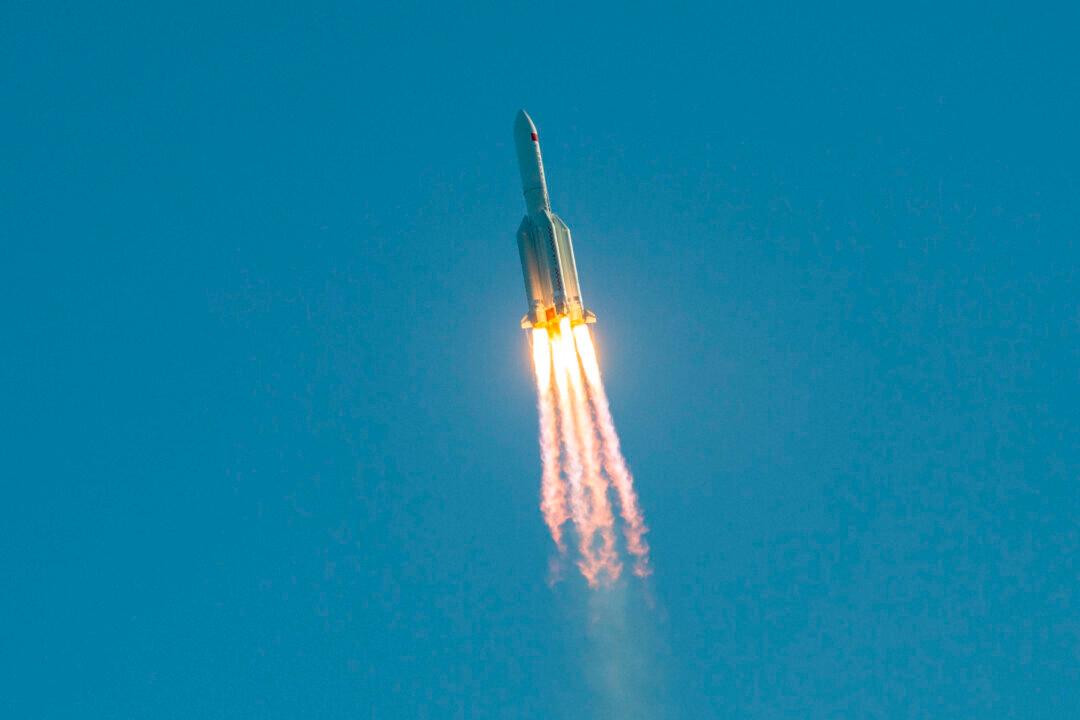The U.S military is tracking an uncontrolled, 100 feet long and 16 feet wide Chinese rocket that is expected to plunge to earth from space today, making it the largest object to fall out of orbit in decades.

A Long March 5B rocket lifts off from the Wenchang launch site on China's southern Hainan island on May 5, 2020. AFP via Getty Images
|Updated:




